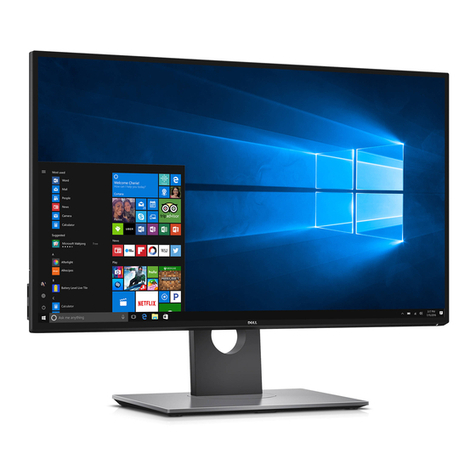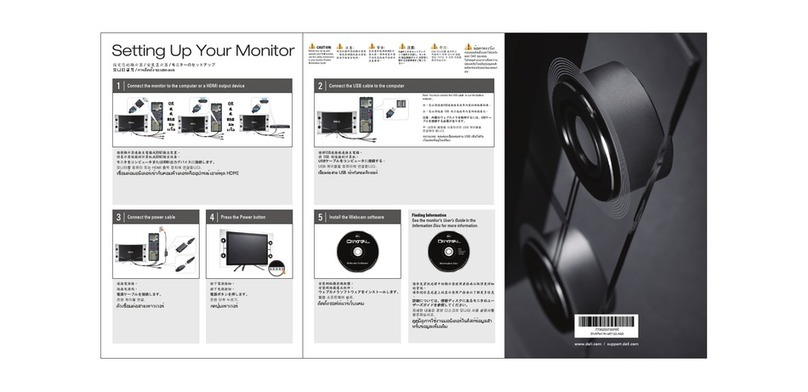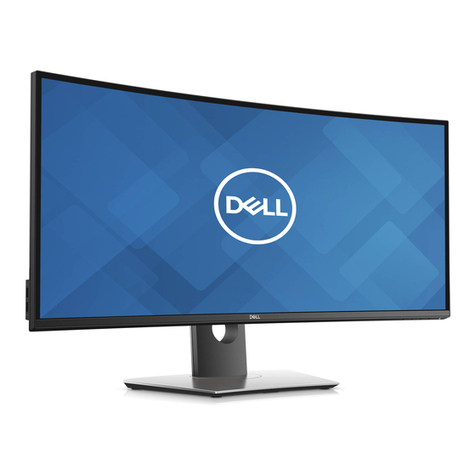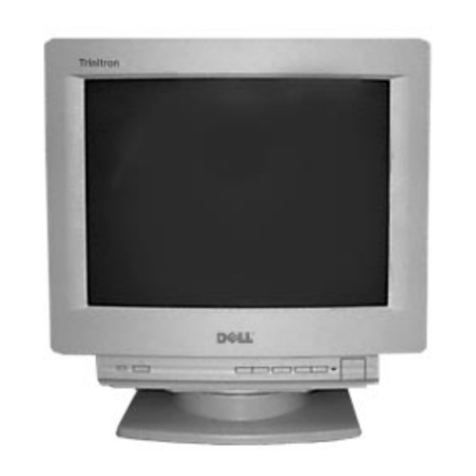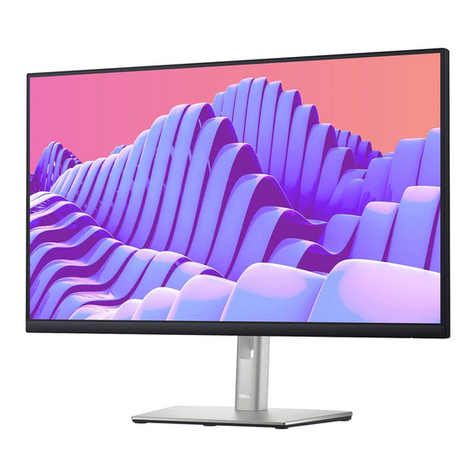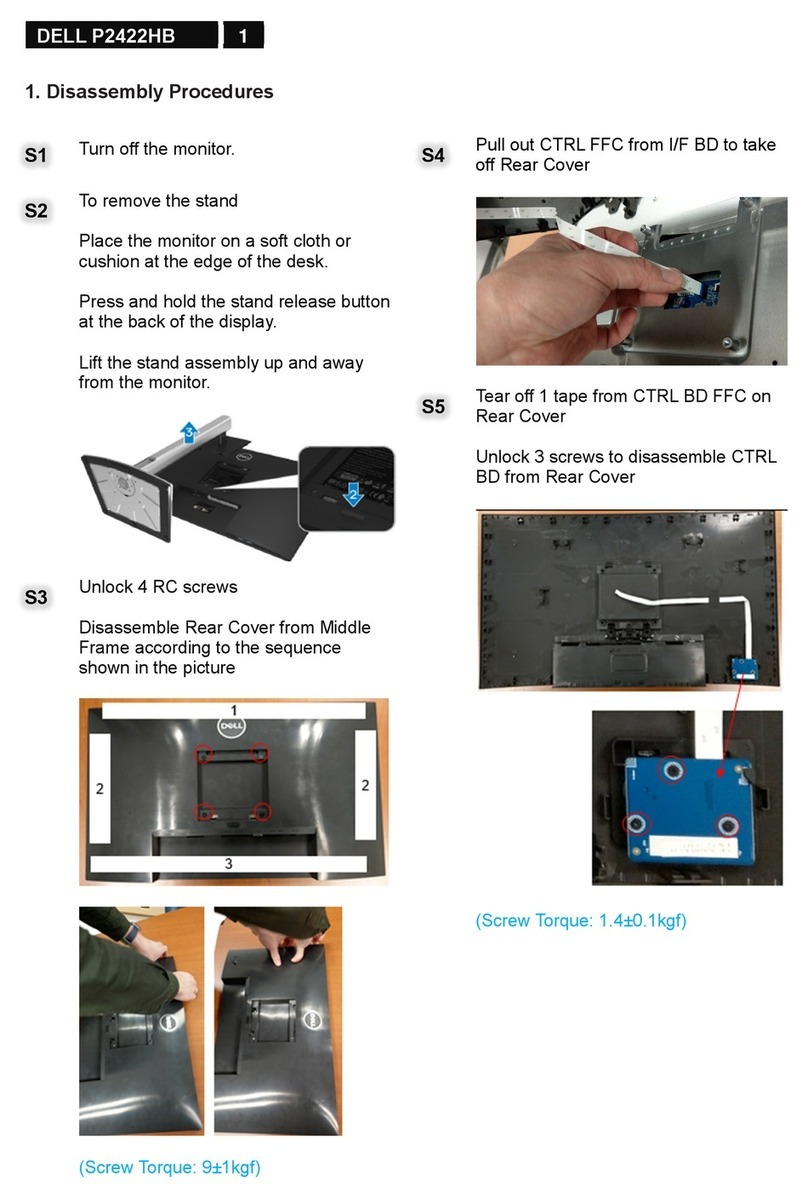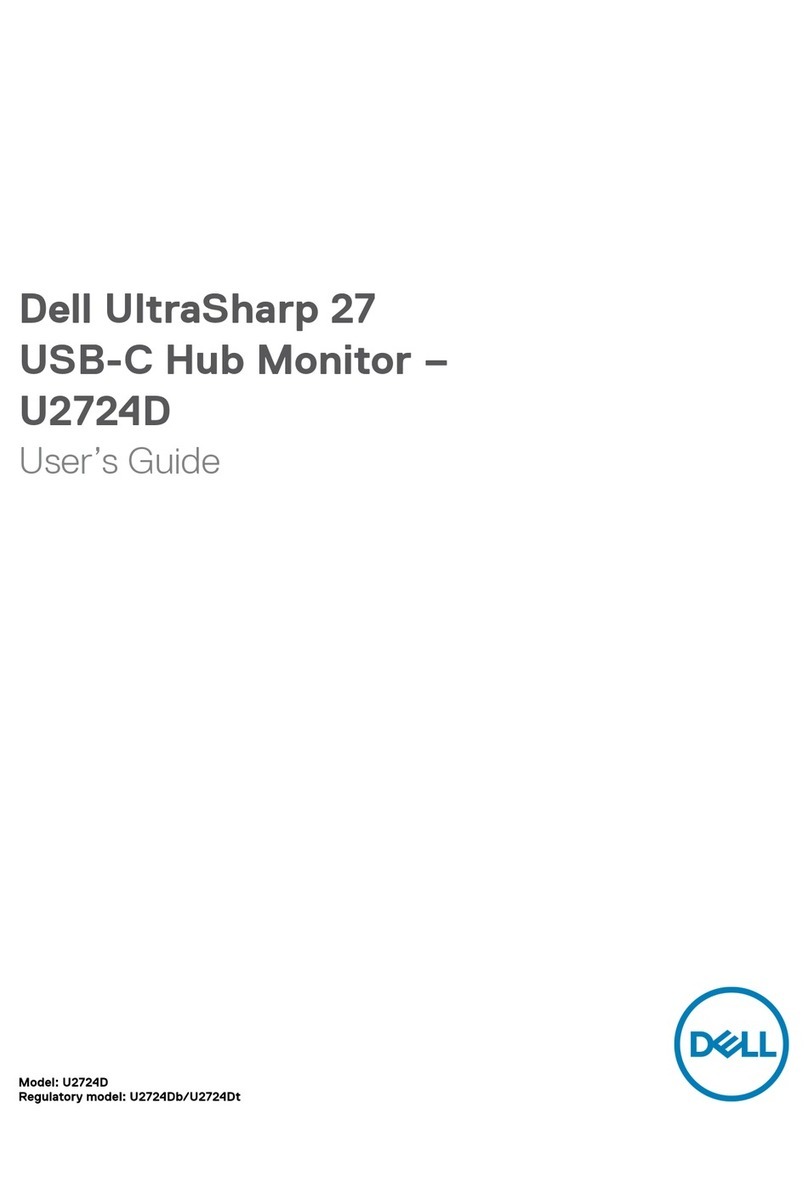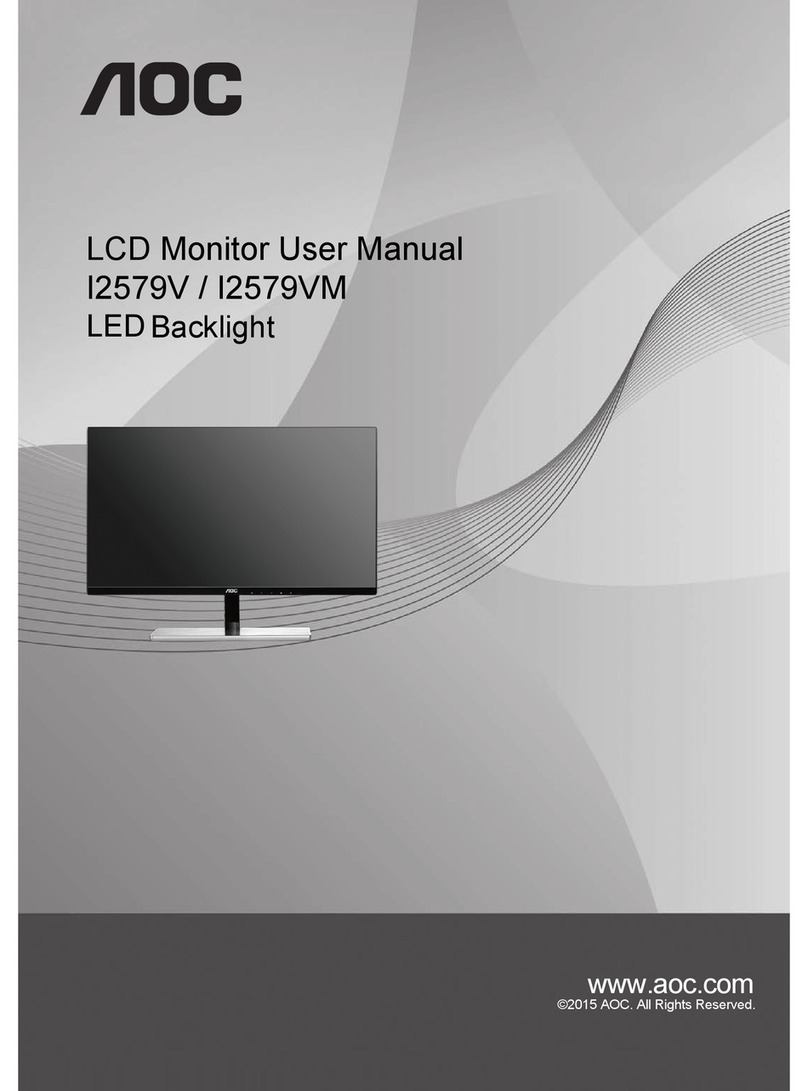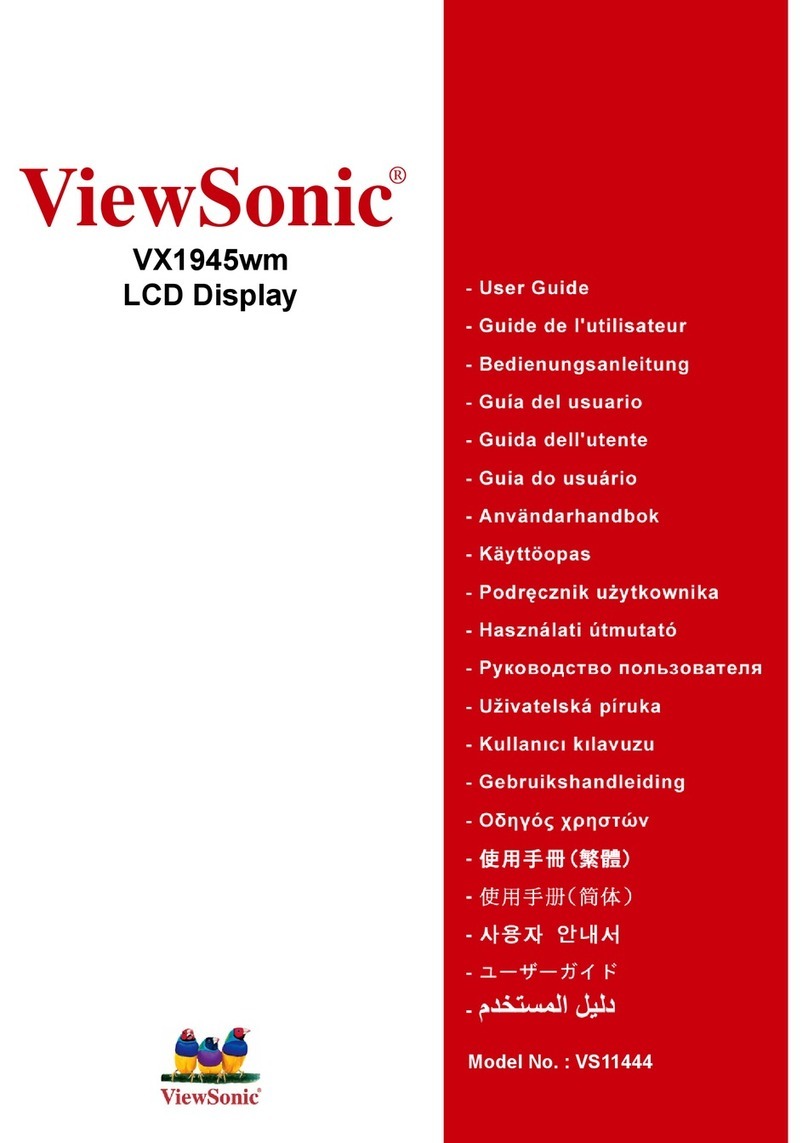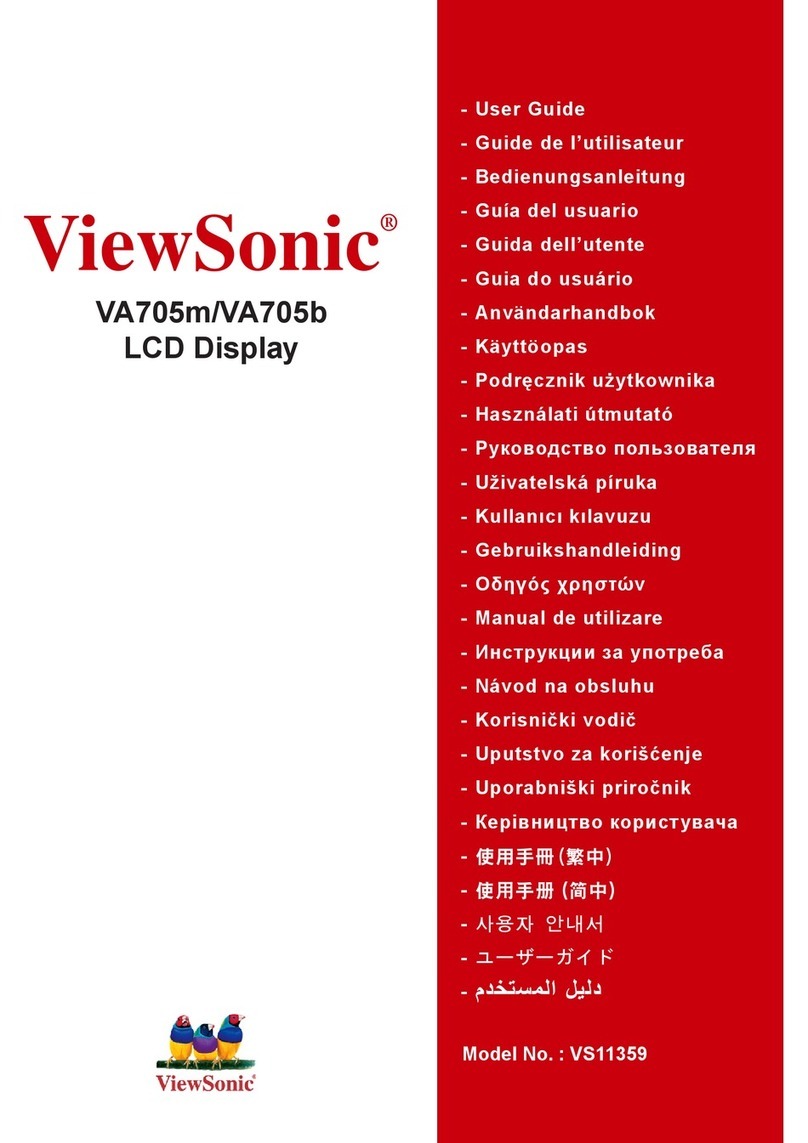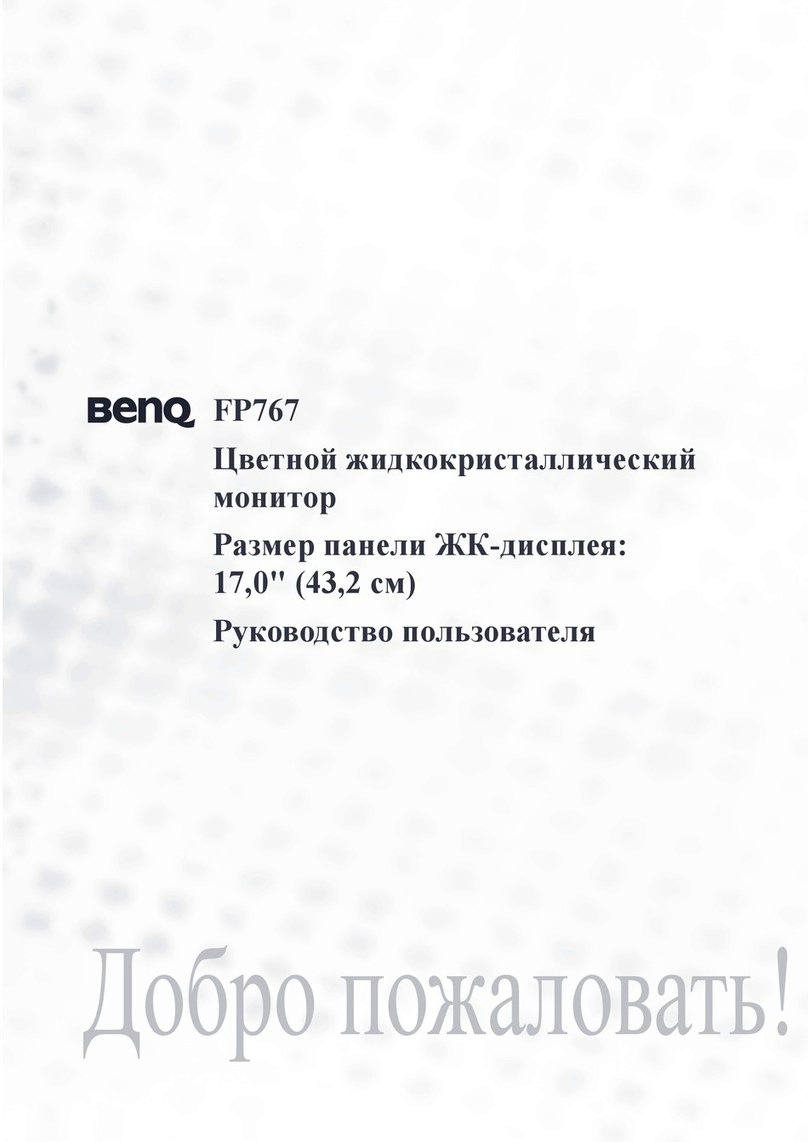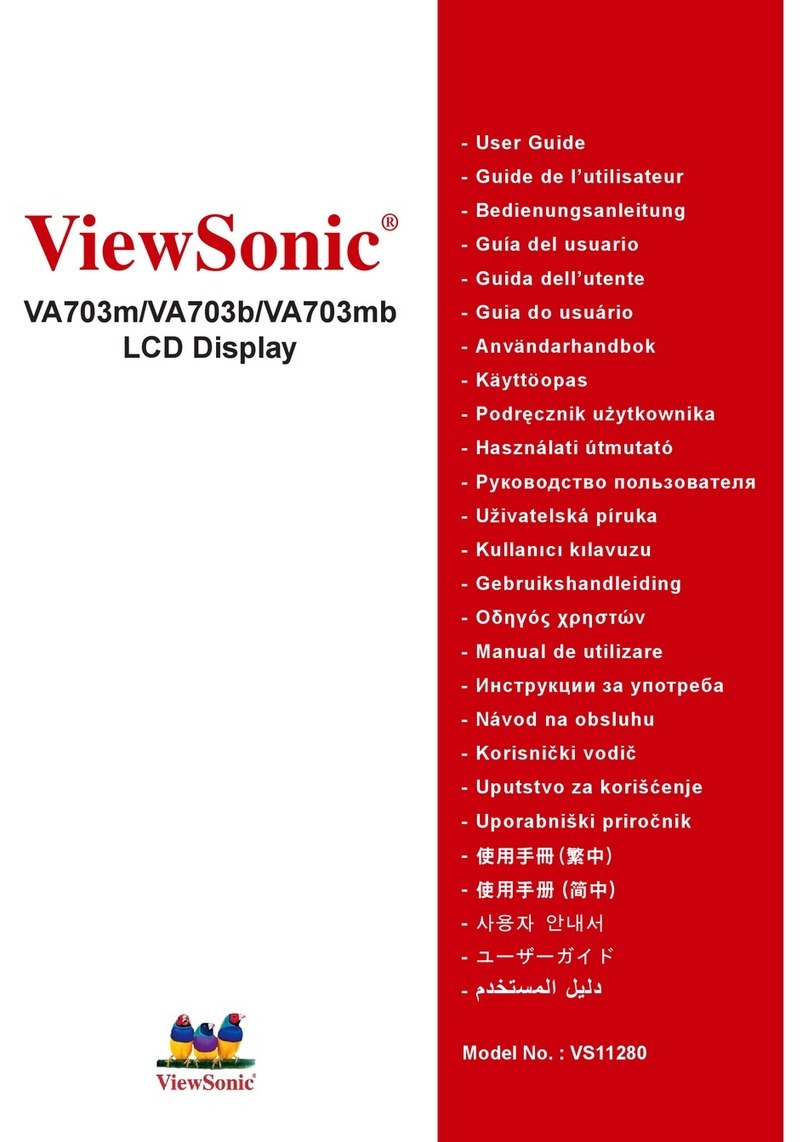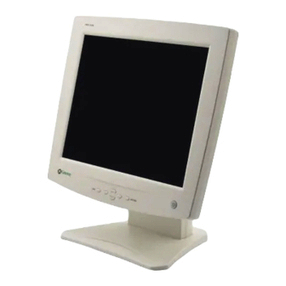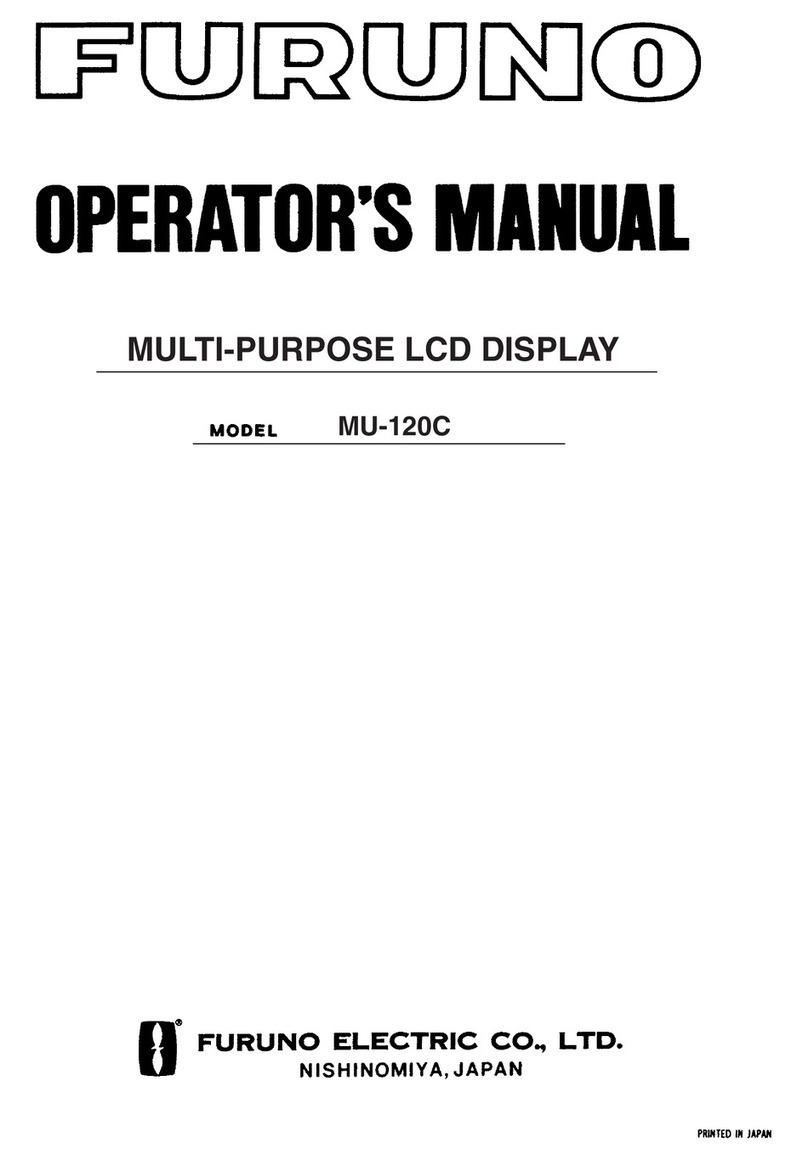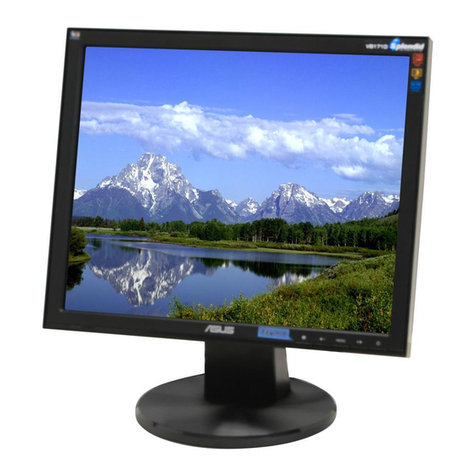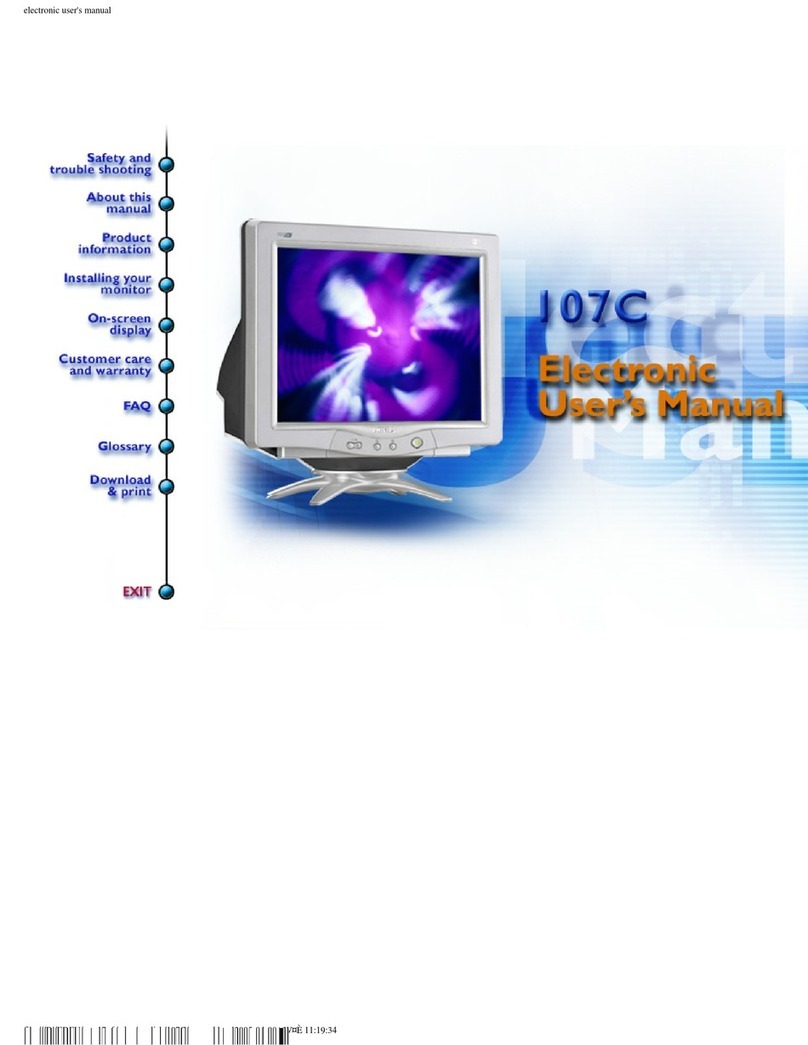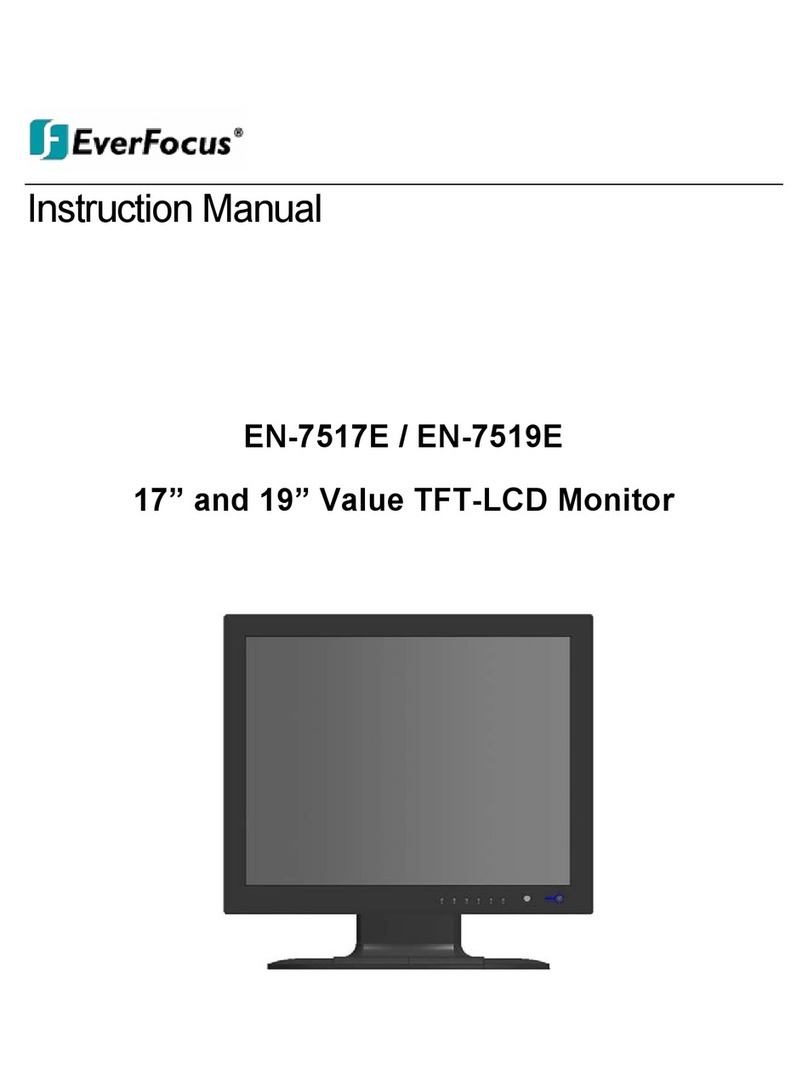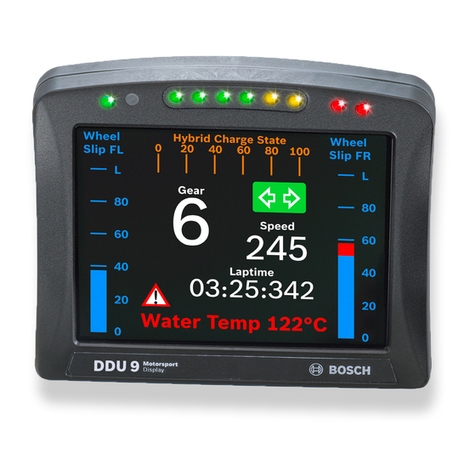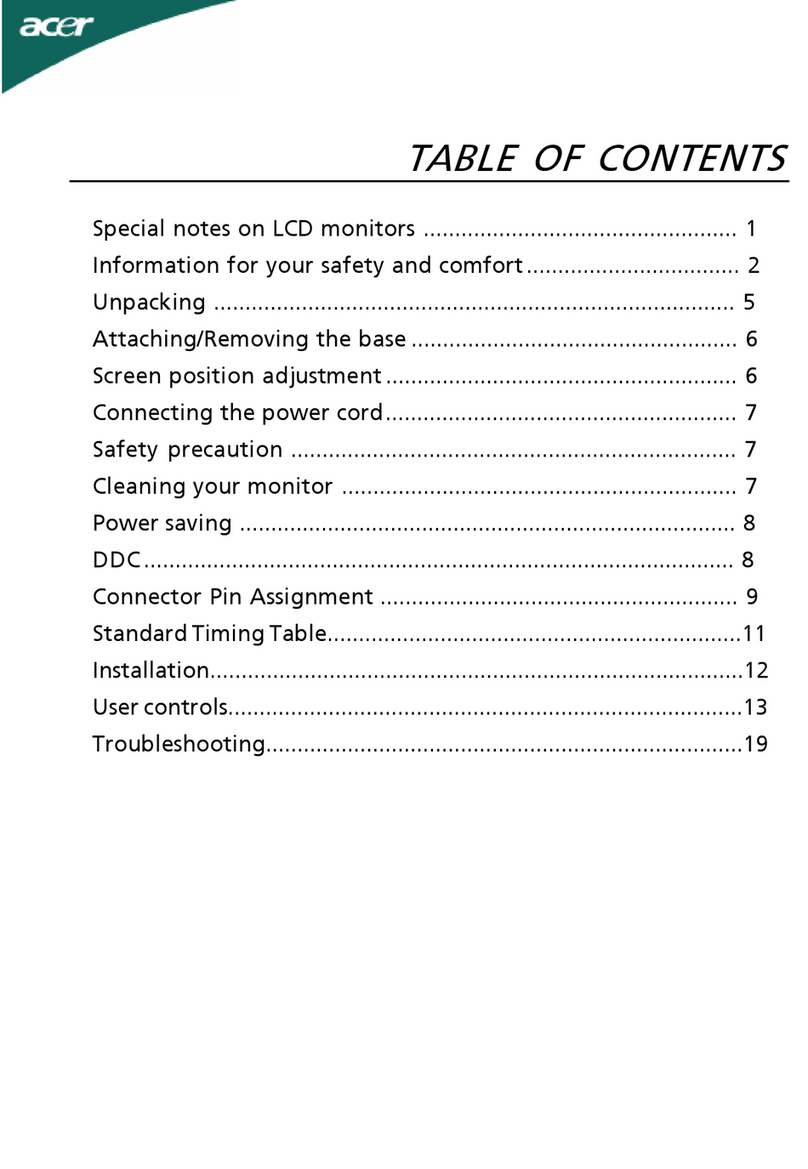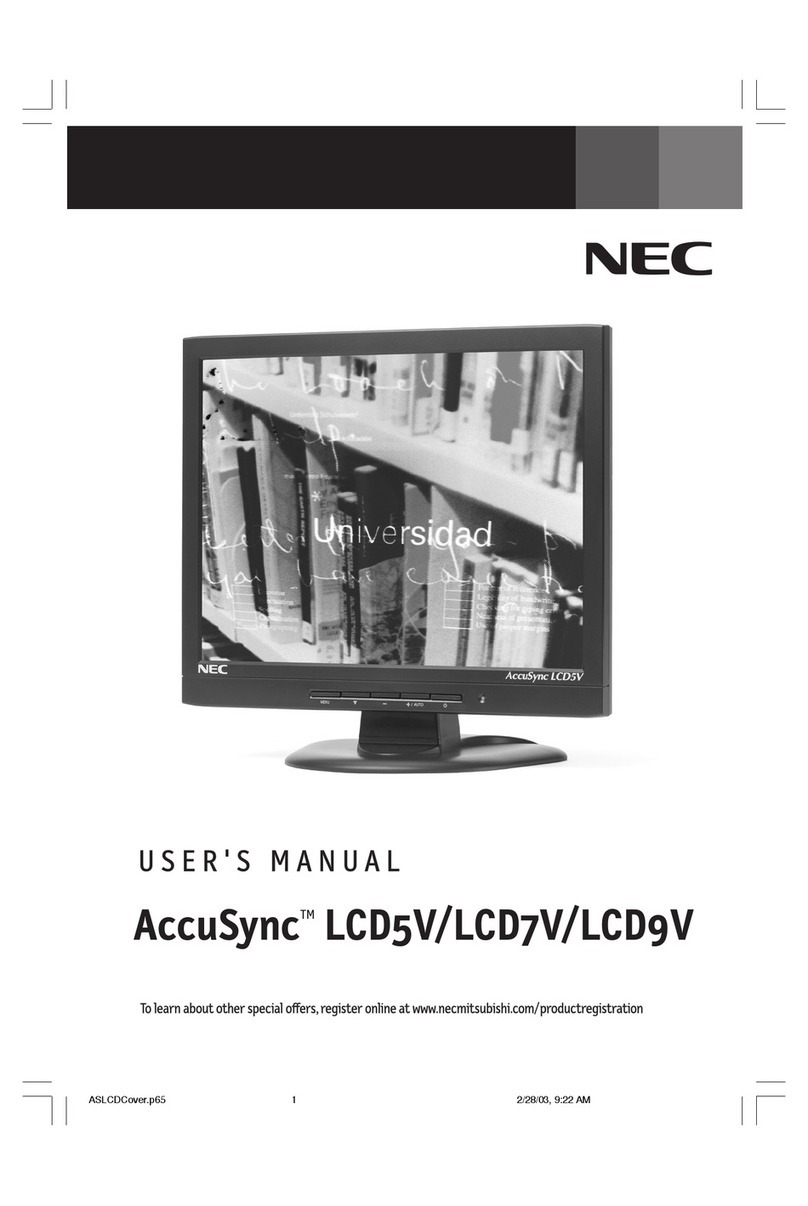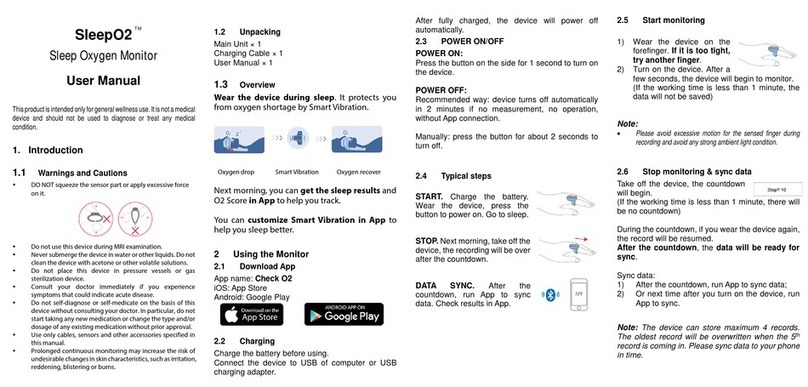Dell 2000FP LCD Monitor Service Guide
Circuit Operation Theory
Confidential
3
Circuit operation theory
A basic operation theory for the interface board is to convert input signal into digital RGB or YUV data.
Analog RGB signal is converted to digital signal through ADC. DVI-D signal is converted through TMDS
receiver. Video decoder is used to capture and scale S-typed and composite video signal. It is able to decode the
color of PAL , SECAM, and NTSC system. The microprocessor PW171 receives graphic and video data and
optimizes the image automatically. It also supports PIP function, input source selection, 16 color from a 64k
palette bitmap OSD, on-chip frame buffer providing frame rate conversion, and keypad controlling. The output
data are sent to LCD module through a TMDS transmitter.
Main function ICs
A/D converter
2 AD9884A’s are used as ADCs. Master one goes up to 140MHz and the slave one 100MHz. The maximal
resolution supported is UXGA 60Hz, which has a pixel clock of 162MHz. Any supported mode whose
pixelclock is under 140MHz will use only master ADC (running up to 140MHz). Timings that have pixel clocks
between 140MHz and 200MHz will use both ADCs running up to 100MHz each to perform a 200Mhz ADC
virtually. When 2 ADCs are utilized, one of them takes care of the sampling at even clocks and the other at odd
clocks. 24-bit digital RGB data are then converted and go to G-Port of PW171. Notice that these digital data are
wired-ORed with the data from TFP401, TMDS receiver at DVI-D port.
TMDS receiver
TI TFP401 is used as a TMDS receiver. The maximal pixel clock is 162MHz, 1600×1200@60Hz. 24-bit data
(dual-pixel mode) are decoded and go to G-Port of PW171. These data are wired-ORed with the data from 2
AD9884’s, A/D converters at D-SUB port.
Video decoder
Philips SAA7114H is used as a video decoder to decode signals from S-Video and Composite Video. It decodes
the video signal of PAL, SECAM and NTSC formats. The decoded data contain 8-bit UV color data and 8-bit
luminance data. The data go to the video de-interlacer.
Video de-interlacer
Genesis gmVLX1A-X is used to de-interlace input video data. Video is required to be de-interlaced for better
display on progressive scan monitors. The gmVLX1A-X requires an external RAM to store one previous field.
De-interlaced data go to V-Port of PW171.
Image processor
Pixelworks image processor PW171 is a highly integrated "system-on-a-chip" that interfaces analog ,digital, and
video input formats. An embedded SDRAM frame buffer and memory controller perform frame rate conversion.
An integrated OSD controller provides bit-mapped based OSDs with 16 colors out of a 64K color palette.
TMDS transmitter
SiliconImage SiI160 is used to perform TMDS dual pixel data transmission . It transmits the displaying data to
the LG-Philips LM201U1-A3 UXGA LCM.
Flash ROM
A flash ROM is used to store the firmware program used by the image processor PW171.
